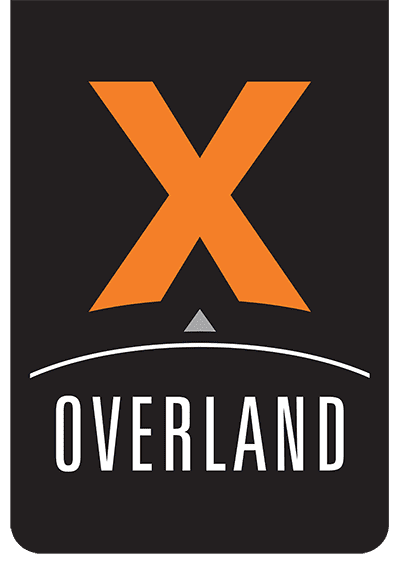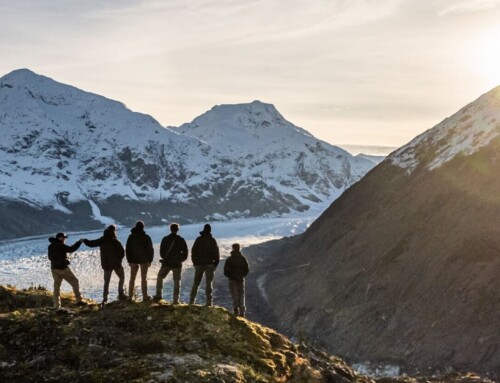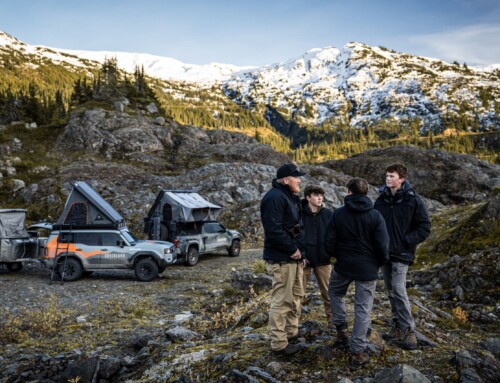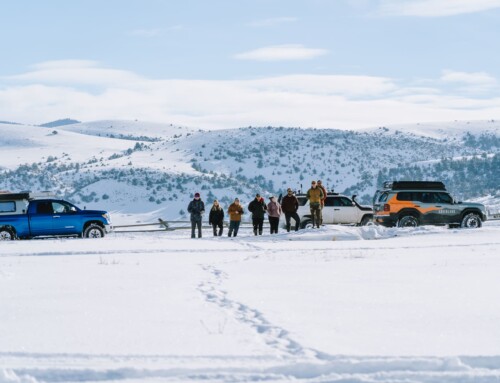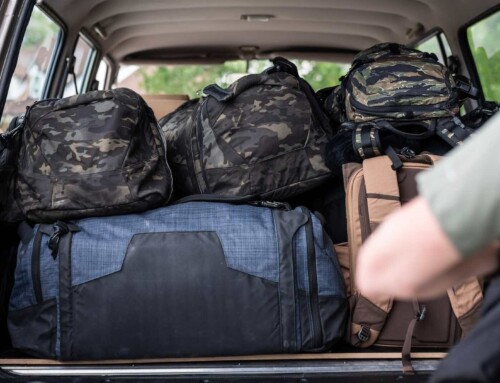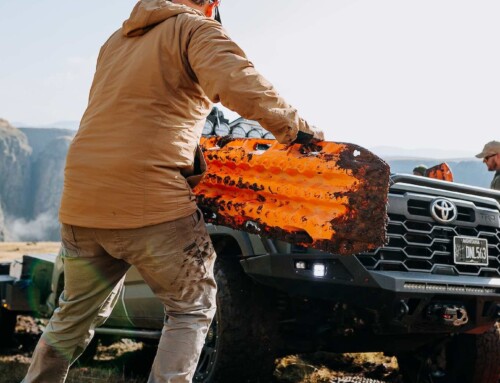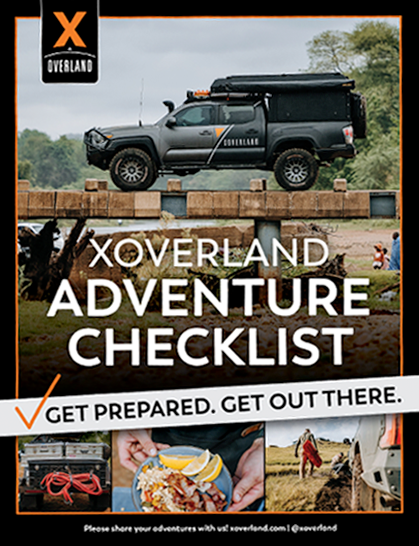In addition to suspension, wheels and tires are the most important parts of any overland build. Tire size and design directly affects the performance of your vehicle, but fitting them properly requires the right wheel. There are so many options out there on the market, so where do you start? A great first step is knowing the intended purpose of your overland build and a little bit about wheel construction. Here are our tips and tricks to choosing the right wheels for your overland vehicle.
![]()
STOCK OR FACTORY WHEELS
We’re not going to lie, stock wheels are pretty great! If you are driving a Tacoma, 4Runner, RAM, whatever it may be, you are probably running a really good wheel. Why? Stock wheels must go through rigorous testing and are required to pass corrosion tests before they are available to the public. As an added bonus the offset on stock wheels usually allow for larger tires without contacting the body, all while keeping the scrub radius exactly as designed by the original equipment manufacturer.
While stock wheels are a great solution for many overlanders, there can be a benefit to making a change. The most common reasons to swap out stock wheels include:
AESTHETICS
We get it! Building out a vehicle is an expression of yourself. Stylish wheels can completely transform the look of your overland build. The design, color, offset, width, and diameter all say something about the overall vehicle build and intended use.
SMALLER DIAMETER WHEELS
Many people choose smaller wheels (for example, 17” instead of 18” or 20”) in order to mount tires with thicker sidewalls. This thicker sidewall helps with off-road performance when the tires are aired down. We prefer a 17” wheel on most of our vehicle builds. This size has proven to be a sweet spot for us – we can mount larger tires and keep more tire between the wheel and the ground, thus creating increased damping in the suspension and a better overall ride. One thing to keep in mind when going to a smaller wheel diameter is your braking system. Some brakes are just too large to allow for smaller wheels.
BEADLOCKS
Beadlock wheels are used primarily for tough terrain that require airing down significantly. They are designed to lock one or both of the tire beads to the wheel and prevent the tire from coming off the bead when running at very low tire pressures (we’re talking between two and ten psi). Since we typically run long-term overland trips on terrain that does not require us to air down within this extreme tire pressure window, we have not come across a situation where the beadlock was worth the hassle for its performance upgrade.
As you can see, choosing the proper wheel for your overland build will depend upon its purpose. If your vehicle’s main use is recreational off-roading, your wheel will need to accommodate aggressive mud-terrains and will exhibit the best performance with beadlocks. If your goal is long-term overlanding, a stock wheel (or aftermarket wheel in a similar size) may be more appropriate.
![]()
STEEL VS. ALUMINUM
Another consideration when it comes to choosing wheels for your overland build is the material used. All wheels are not created equally – each design has its own benefits and detriments.
Steel wheels are very inexpensive, easy to produce, and used to come “stock” on many vehicles. These are your basic, utilitarian wheels which can be easily repaired in the field, or anywhere in the world.
Aluminum alloy wheels (also known as alloy wheels) have some serious advantages over steel wheels – they are lighter, dissipate heat better and provide good rigidity under high-load cornering maneuvers. There are two basic types of alloy wheel construction you commonly see in the off-road world: forged and cast. Most aftermarket wheels are cast aluminum due to their relative low cost, fairly low weight, and seemingly infinite styles and sizes.
When exposed to the elements, steel will rust, whereas aluminum may corrode. Keep in mind that corrosion damage is usually minimal and largely affects the appearance of the wheel, not the function.
We currently run on our Tacoma, Land Cruiser and Tundra, on our Jeep and on our Prospector. We’ve found that these wheels provide optimal fitment for our builds and because we’re running larger tires, there isn’t any contact with body or suspension components. ICON Vehicle Dynamics has been a partner of ours for many years, and after running them on various overland trips, we are definitely proponents of the quality and resiliency of their wheels.
![]()
We hope this post has helped to clarify what to look for in a good-quality wheel for your overland build. Do you prefer steel or aluminum alloy wheels? What about running beadlocks (or not!)? Let us know in the comments – we would love to hear what you’ve had success with out there on the road or trail.
